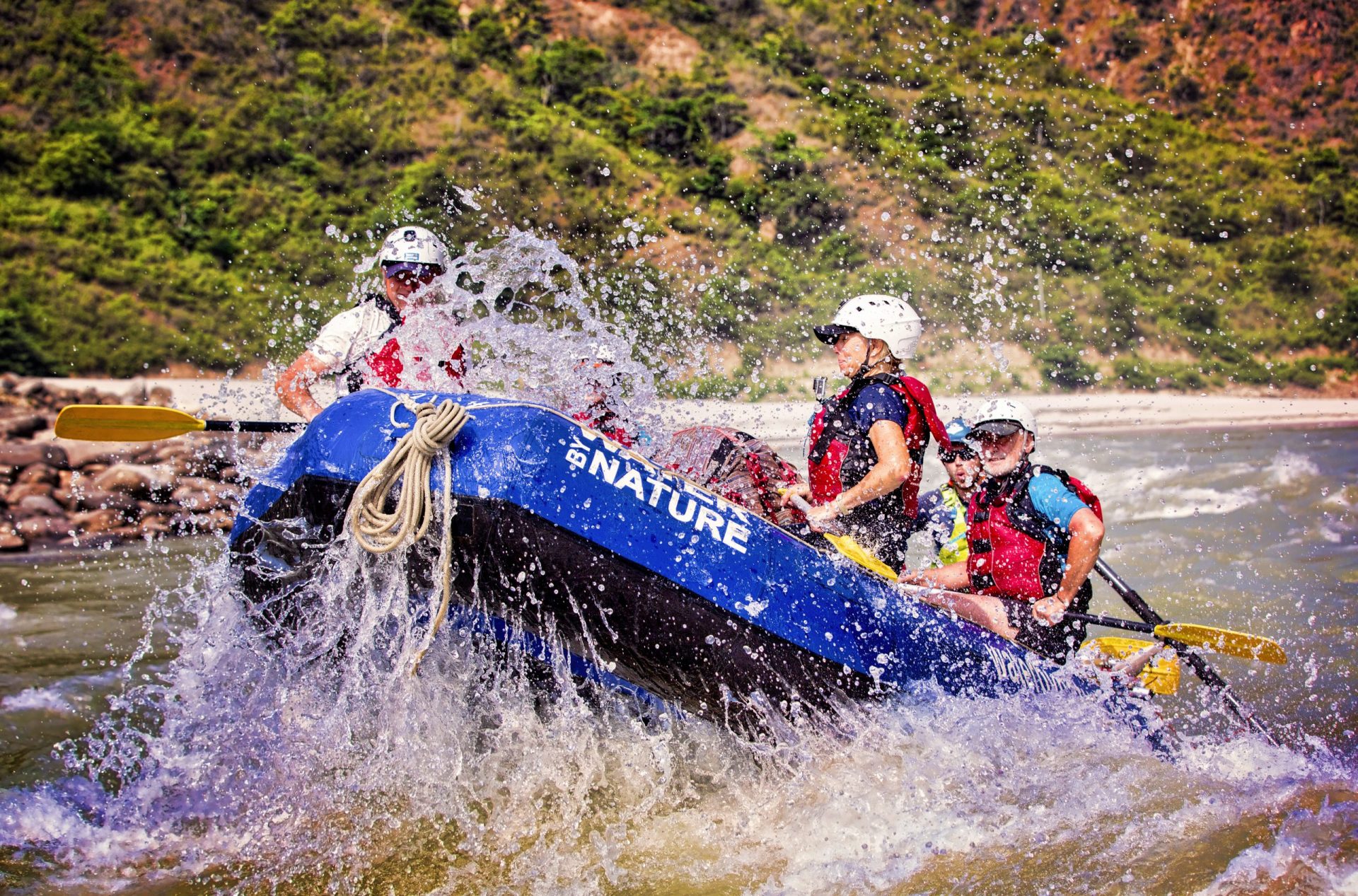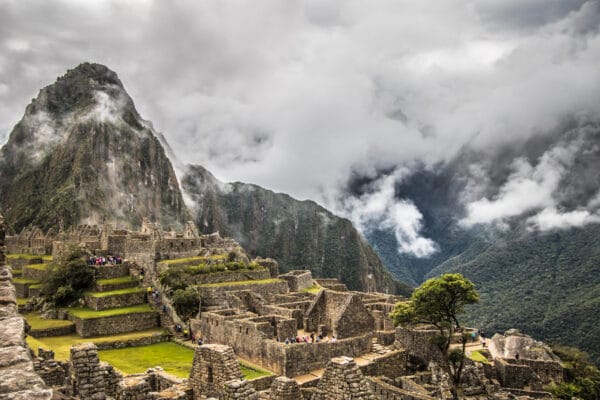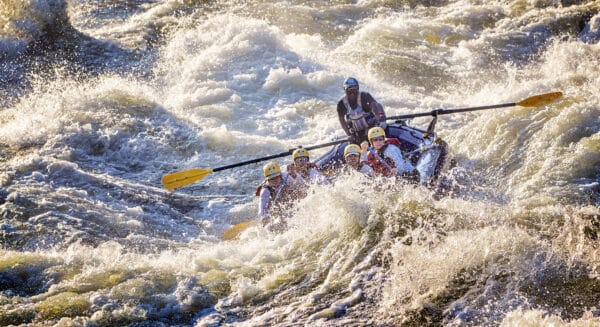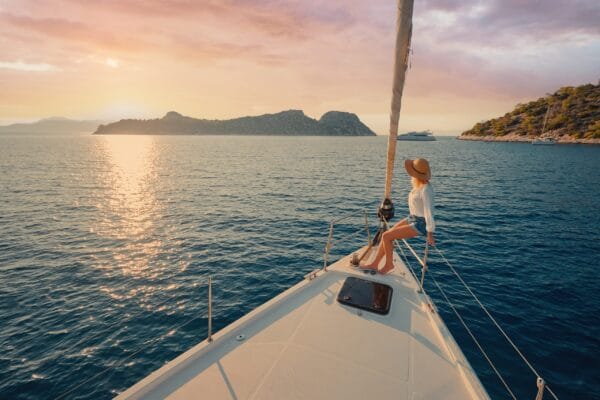Whitewater rafting the Tamur River in Nepal should be on your list of ‘must raft’ rivers. Fed by snow melt from the third highest mountain in the world – Kanchenjunga – the Tamur provides exceptional whitewater rafting. It has nearly 130 rapids over a 120km stretch, and almost continuous grade IV rapids on day one to the first camp.
But Nepal is so much more than mountains and rivers. It’s the crazy, chaotic way of life and exceptionally friendly people that make this a destination to visit. Here’s a taster of what it’s like:
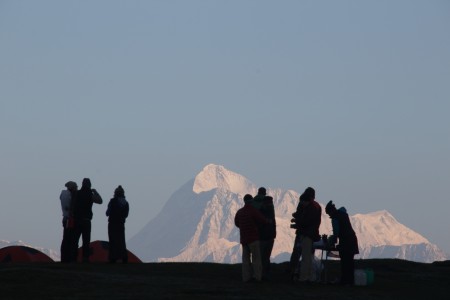
Welcome to Nepal!
From the moment you arrive into Kathmandu, you’ll be rewarded with eye bulging chaos. Hundreds of guest house owners, taxi drivers and adventure companies are there to meet guests or potential clients. The 20-minute drive into Kathmandu offers an insight into Nepali road rules, which in a strange kind of way, just works. Tooting horns, swerving around sacred cows and staring at the thousands of electrical wires hanging off the buildings leads us into Thamel, the tourist part of town where we arrive at Kathmandu Guest House, a sanctuary with it’s gardens and welcome rooms.
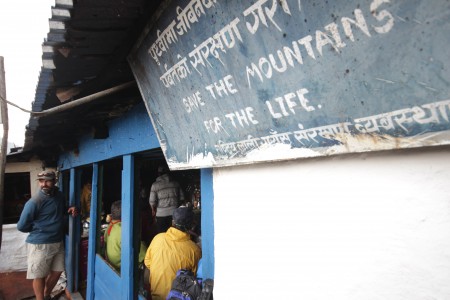
Guests are reminded that we are now on Nepali time. 30 minutes means one hour… or more. Yes can mean yes…. or no. Head wobbling means yes. Nepali people have a proud heritage that goes with them. They are wonderful and genuine people who live in an amazing and diverse country. Nowhere is that more evident than on the Tamur River trip in the east of Nepal.
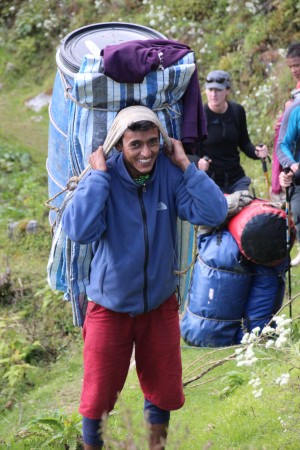
The trip offers a gorgeous flight past some stunning Himalayan peaks to get us to the bustling town of Biratnagar before discovering the joys of Nepali bus travel up and over the Mubharat Range, crossing the Tamur and driving onward to the market town of Basantapur, where we stay in a local hotel. En suite … No. Comfy beds – No. Great food prepared whilst you watch in the kitchen – Yes. Cold Beers – Yip. Great hospitality – for sure.
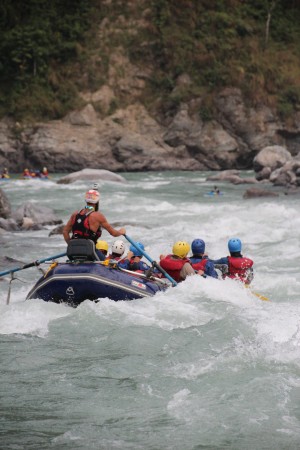
Whitewater rafting the Tamur – what to expect
Before we can start rafting the Tamur, we have to reach it! This trip features a gorgeous trek for four days, along with an array of porters carrying and transporting our gear to get to the river. Given the advent of a track, the first two days of this is done by tractor before local farmers carry items from dry bags to dojos (a traditional Nepali basket) with little more than a headstrap.
Day one sees us head up to Chauki, a little village with million dollar views of the Himalayas. We camp on a grassy paddock, with tents set up for you by the time you arrive. In the morning we open the tents with views over Makalu and Kanchenjunga – stunning! Another day sees us climb again to nearly 10,000 feet to Gufa Pokhari, another village with stunning views. The next day we descend to Gorja for a night, before descending to Dobhan and catch our first glimpse of the river, where we put in.
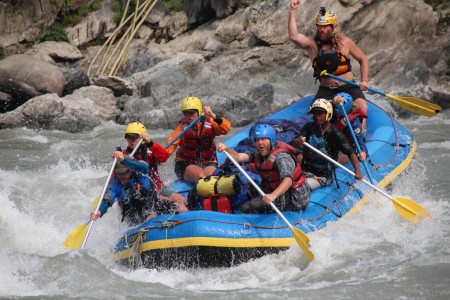
Life on the river
Like all Water by Nature trips, we start with a thorough safety briefing, with guests excited to get going. The trip starts with a bang, running a continuous class IV section until we reach our camp ground at the confluence of Hinwan Khola. Many of our most experienced rafters believe this is the one of the best rafting days ever! With nachos on the riverbank, cold beers out of the cooler, life is good and it’s easy to see why people get hooked on rafting trips.
Day two rafting the Tamur is another day of continuous rapids with plenty of excitement, as this snippet from one of our guide’s diaries shows:
‘Day two sees a new rapid, so we pull in to scout (inspect it from the shore) noting a large piece of wood stuck on the side of the river close to where we need to run our boats. Safety kayakers and paddle rafts through, it’s time to run the gear raft through. As I pull towards the right bank and turn my boat, I realise I am closer to the tree than I want to be so I begin to push away from it, just scuffing the right side of the boat, but in the process breaking my right oar. As the rest of the team helps me get to the shore we run some repairs and head off again to our layover beach. Time relaxing and enjoying not rowing for a while. Great to take a swim, read a book, and just relax.’
Relaxation and rapids
After a full day resting on the beach, the trip heads on down the following day, near to where we will have crossed the river in the bus all those days earlier and set up camp. The final day on the water, sees 40 rapids in a day. Epic. Awesome. Un-rivalled. Even compared to the Zambezi, this is a wonderful day of whitewater. Teams are now poised to tackle even the biggest rapids like Ashram on this section with confidence. As we emerge onto the Sun Kosi, there is always a little sadness, knowing we have left this magical tributary behind us, after an amazing adventure.

Clients leave after the flight back to Kathmandu the following day with a relaxed easy going sense of peace. Nepal has taught us to take in the beauty, the white water and spend time with its wonderful people.
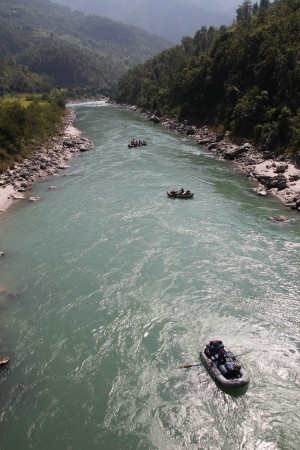
Adventure travel isn’t about the destination, it’s about the journey, and this is a special one. Explore our Tamur whitewater rafting trip and get yourself booked on a life changing adventure.
